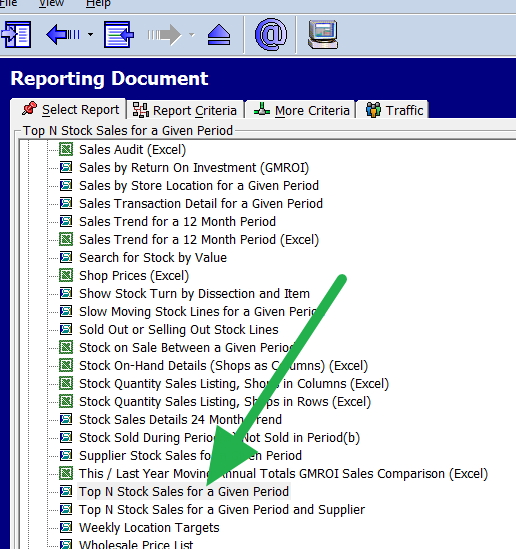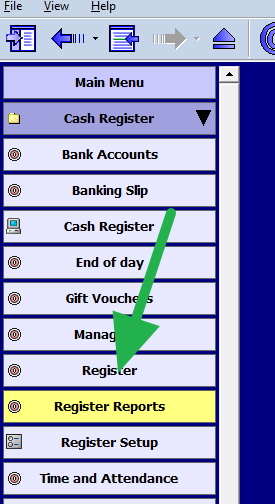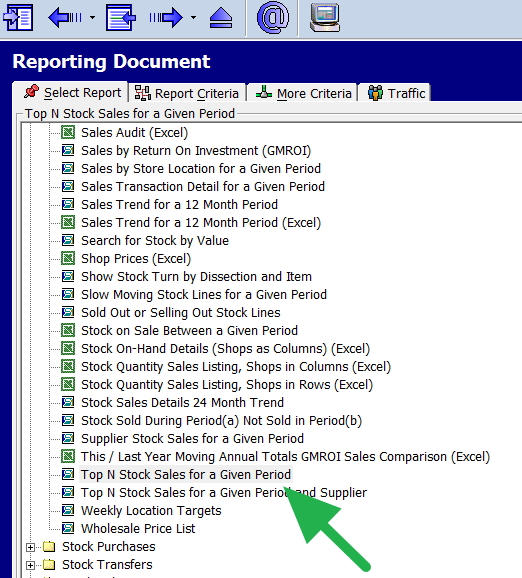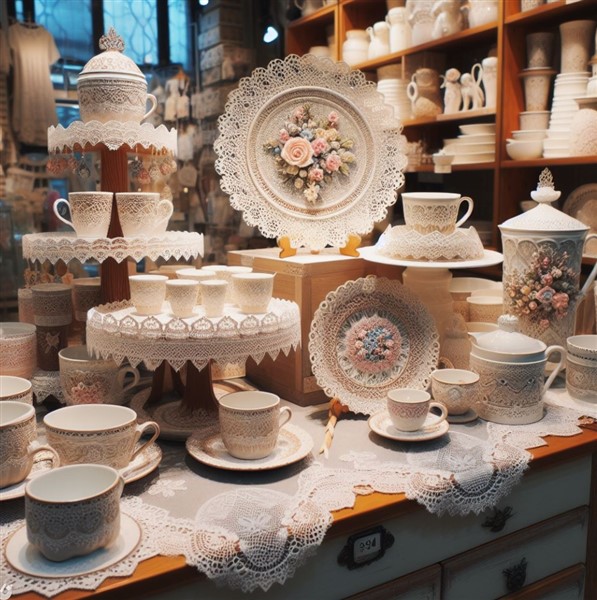Allocate space based on stock performance

Making the most of your space is essential to operating a successful store. You are losing money on valuable real estate on goods that do not sell but take up valuable space in your store.
Which goods ought to have the best placements on your shelves? You are losing money on valuable real estate that takes up every square inch of your store. Which goods ought to have the best placements on your shelves? Should you dedicate more space to that new item, or is it a flop waiting to happen? Savvy retailers know that data is the answer! By leveraging your point-of-sale (POS) software, you can turn sales numbers into better display decisions, maximizing your sales and profitability, so allocate space based on your stock performance.
Identifying Top-Sellers with Your POS Software
Determine which of your products are your greatest sellers—the things that people adore and keep coming back for—before you can optimize your store layout. Your POS system tracks every sale so that it can pinpoint these superstars quickly. Follow these simple steps:
Select register reports
Now select Top N stock sales for a given period

Try a month or even a whole season to get the best picture of your top-performing products.
Your report will provide a comprehensive list of top-selling items ranked by sales volume or revenue generated. This data lets you decide which products deserve prime real estate in your store.
Optimizing Top-Seller Store Layout
Your top-sellers report shows which products bring in the most money for your company, much like a treasure map. These are the products that should be in the best places in your shop. When distributing space depending on stock performance, keep the following in mind:
Easy Access
Can customers find and reach your best-sellers without a struggle? Put your best-selling items in the places of your business that are easiest to see and reach, like the front, end caps, or eye-level shelves.
Displays That Captivate the Eye
Display these goods to get your consumers' attention. Invest in eye-catching displays and merchandising to highlight your best-selling items and promote impulsive purchases.
Sufficient Stock Levels
Is there enough room for all your consumers would like to buy? Based on how well each product sells, allot floor or shelf space proportionately, giving your best-selling products more space and your slower-moving items less.
Pro Tip: Don't be scared to try new things! Try relocating a best-seller if its present location isn't working out well for it. Consider how much of a difference it makes.
Benefits of Allocating Space Based on Stock Performance
By allocating space based on stock performance, you can enjoy numerous benefits:
Increased Sales
Top-selling items should be prominently displayed to entice clients to make larger purchases and increase income for your company.
Enhanced Contentment with Clients
Making sure consumers can quickly locate and obtain the things they want improves the shopping experience and encourages repeat business.
Enhanced Store Appearance
Attractive displays and strategic placement of top-sellers create a visually appealing, organized store environment that invites exploration and browsing.
Better Inventory Management
Allocating space proportionally based on sales performance helps minimize clutter and excess inventory of slow-moving items, streamlining your stock management.
Continuous Monitoring and Adjustments
Remembering consumer preferences and buying patterns can shift over time is important. Therefore, it's crucial to review your sales data regularly and adjust your store layout accordingly. Set reminders to periodically reevaluate your top-selling products and adapt your space allocation as needed. This continuous monitoring and optimization will ensure your store remains responsive to your customers' evolving needs and preferences.
The facts do not lie.
Allocating space based on stock performance is a simple yet effective strategy for small retailers to maximize sales and growth. Using your POS software to identify top-sellers and optimise store layout can create a more engaging, customer-friendly shopping experience that drives business success. Embrace data-driven decision-making, and watch your sales soar as you make the most of your precious retail space.







